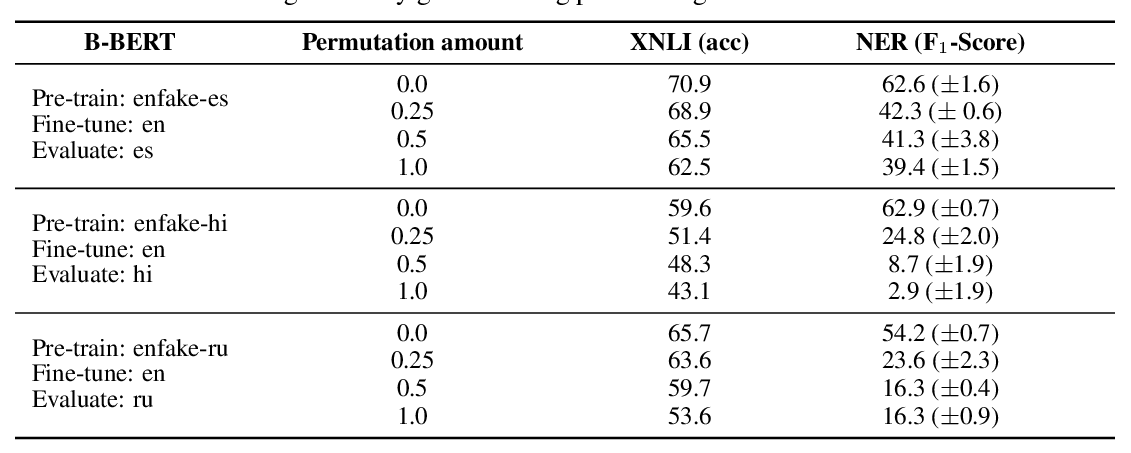Abstract:
Learning multilingual representations of text has proven a successful method for many cross-lingual transfer learning tasks. There are two main paradigms for learning such representations: (1) alignment, which maps different independently trained monolingual representations into a shared space, and (2) joint training, which directly learns unified multilingual representations using monolingual and cross-lingual objectives jointly. In this paper, we first conduct direct comparisons of representations learned using both of these methods across diverse cross-lingual tasks. Our empirical results reveal a set of pros and cons for both methods, and show that the relative performance of alignment versus joint training is task-dependent. Stemming from this analysis, we propose a simple and novel framework that combines these two previously mutually-exclusive approaches. Extensive experiments demonstrate that our proposed framework alleviates limitations of both approaches, and outperforms existing methods on the MUSE bilingual lexicon induction (BLI) benchmark. We further show that this framework can generalize to contextualized representations such as Multilingual BERT, and produces state-of-the-art results on the CoNLL cross-lingual NER benchmark.



